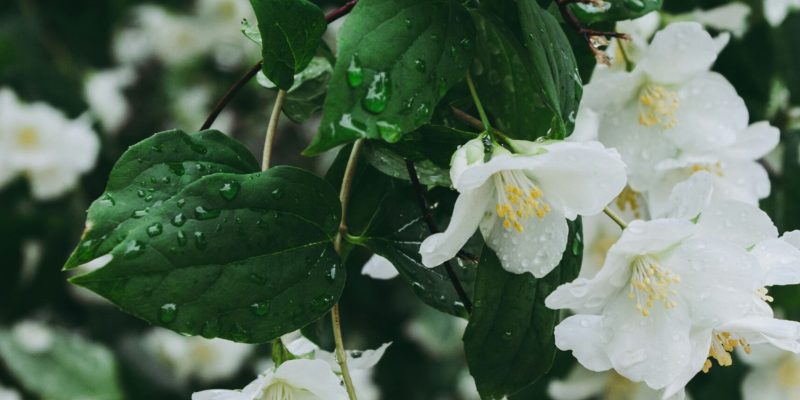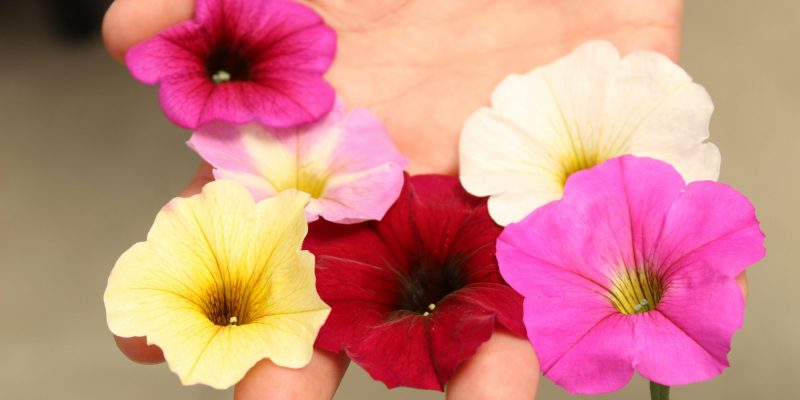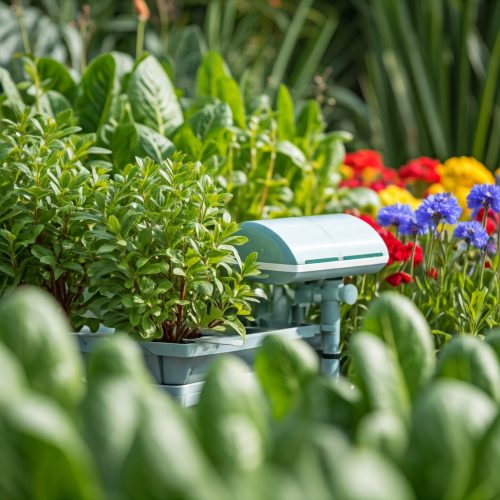
Top 5 Flowering Plants:
A home garden is incomplete without vibrant and fragrant flowers that bring life to your space. Flowering plants are not just decorative but also have profound benefits for our well-being and environment. They not only enhances our mood but also it purifies the air that creates positive impact on our lives.
Here are some of the important benefits:
Boost Mental Health: The presence of flowers is known to reduce stress, enhance mood, and promote relaxation. Gardens provide a therapeutic escape from daily life.
Improve Air Quality: Many of them purify the air by absorbing toxins and releasing orxygen.
Support Biodiversity: Flowers attract the pollinators like bees, butterflies, and birds, fostering health ecosystem.
Encourage Creativity: Bright colors and fragrant blooms inspire creativity and uplift our spirits.
Foster a Connection with Nature: Caring helps us reconnect with nature and appreciate its beauty.
Rose

Roses are classic, elegant, and available in various colors and sizes. Their fragrant blooms can elevate any garden’s appeal. Rose Flowers symbolizes love and beauty, making them a timeless favourite for gardeners worldwide. This is the most preferred flowering plant across the globe.
Varieties: Hybrid Tea, Floribunda, Grandiflora, and Climbing Roses.
Care Tips:
-
Sunlight: At least 6 hours of direct sunlight daily. -
Watering: Regular Watering but avoid water logging -
Soil: Well-drained, fertile soil enriched with organic matter -
Fertilizer: Apply a balanced fertilizer (10-10-10) every 4-6 weeks during the growing season. Compost or well-rotted manure can also be added for organic nutrition
Hibiscus

The large, tropical-looking flowers of hibiscus make a bold statement. They bloom almost year-round in warm climates and attract butterflies and hummingbirds. It comes in a dazzling array of colors, from fiery reds and passionate pink to sunny yellows and serene blues. Hibiscus tea has been used for centuries to treat various ailments, including high blood pressure and inflammation.Varieties: Single, Double, Hardy, and Tropical Hibiscus.
Care Tips:
Sunlight: Prefers full sunlight.Watering: Keep the soil consistently moist but not soggy.Soil: Rich, well-drained soil.Pruning: Trim regularly to maintain shape and encourage blooms.Fertilizer: Feed with a potassium-rich fertilizer (e.g., 10-40-10) every 2 weeks during the active growing season for continuous blooms.
Marigold

Marigold, a cheerful and versatile flower, has been captivating gardeners for centuries. With its vibrant colors, pleasant fragrance, and numerous benefits, marigold is a must-have for any garden. Marigolds Known for their bright orange and yellow flowers, marigolds are easy to grow and help repel pests. They are often used in festivals and religious ceremonies due to their vibrant color and symbolism of positivity.
Varieties: African Marigold, French Marigold, and Signet Marigold.
Care Tips:
Sunlight: Full sunlight for best blooms.Watering: Moderate watering, allowing soil to dry slightly between waterings.Soil: Loamy soil with good drainage.Deadheading: Remove spent flowers to promote continuous blooming.Fertilizer: Use a nitrogen-rich fertilizer every 2-3 weeks during the flowering season for vibrant blooms.
Jasmine (Jasmanium)

Jasmine, a genus of flowering plants in the olive family, is renowned for its delicate beauty and intoxicating fragrance. These elegant vines and shrubs have captivated hearts and inspired poets for centuries.Famed for its intoxicating fragrance, jasmine is a delightful addition to any garden. It is often used in perfumes and teas, and its aroma is known to promote relaxation.Varieties: Common Jasmine, Arabian Jasmine, and Winter Jasmine.
Care Tips:
Sunlight: Partial to full sunlight.Watering: Regular watering during blooming season.Soil: Fertile, well-draining soil.Support: Train vines on trellises or fences for better growth.Pruning: Prune after flowering to maintain shape and size.Fertilizer: Apply a phosphorus-rich fertilizer (e.g., 5-10-10) monthly to encourage flowering.
Petunia

Why Choose Petunias? With a wide range of colors and patterns, petunias are versatile and perfect for containers or hanging baskets. They are known for their long-lasting blooms and ability to brighten any garden. Easy to grow and low-maintenance and can thrive various conditions. They are the popular choice for landscaping and gardening applications. Petunias are perfect for hanging baskets, cascading beautifully with their trailing growth habit.
Varieties: Grandiflora, Multiflora, Milliflora, and Wave Petunias.
Care Tips:
Sunlight: At least 5-6 hours of sunlight daily.Watering: Moderate watering, ensuring good drainage.Soil: Light, well-drained soil.Deadheading: Remove faded flowers to encourage continuous blooms.Fertilizer: Use a balanced liquid fertilizer every two weeks. For heavy bloomers, a bloom-boosting fertilizer (e.g., 15-30-15) can be applied monthly.
How to take care of Flowering Plants
Light:
Sunlight: Most flowering plants thrive in bright, indirect sunlight.
Indoor Plants: Place them near a sunny window. For low-light conditions, consider plants like African violets or peace lilies.
Watering:
Soil Moisture: Water your plants thoroughly, but avoid overwatering.
Check the Soil: Stick your finger about an inch into the soil. If it feels dry, it’s time to water.
Drainage: Ensure your pots have drainage holes to prevent root rot.
Fertilizing:
Nutrient Boost: Use a balanced liquid fertilizer diluted to half strength every two weeks during the growing season.
Avoid Over-Fertilizing: Too much fertilizer can burn the roots.
Temperature:
Ideal Range: Most flowering plants prefer temperatures between 65-75°F (18-24°C).
Avoid Drafts: Keep your plants away from cold drafts and heat sources.
Humidity:
Moisture: Many flowering plants appreciate a bit of humidity.
Misting: Mist your plants with water, especially during dry winter months.
Humidity Trays: Place pots on trays filled with pebbles and water to increase humidity.
Pruning:
Deadheading: Remove spent blooms to encourage continuous flowering.
Shape: Prune to shape your plant and remove dead or damaged branches.
Explore more inspiring content on my YouTube channel—don’t forget to like, share, and subscribe for the latest updates! Also checkout blog on Indoor Plants









